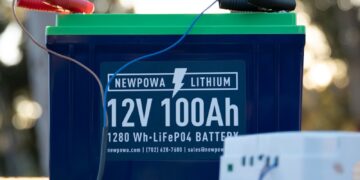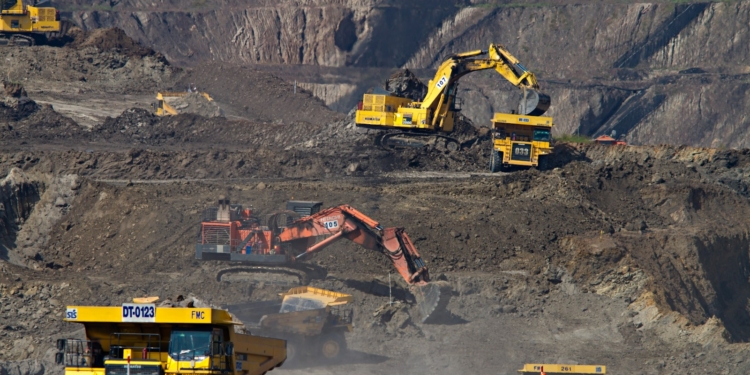⚙️ Introduction: From Fossil-Fueled to Future-Focused
Mining has long been one of the most energy-intensive and carbon-heavy industries on the planet. But as pressure mounts to decarbonize, mining companies worldwide are turning to solar power—not just to cut emissions, but to reduce costs, stabilize energy supply, and future-proof their operations. While some firms are racing ahead with ambitious solar and hybrid energy projects, others are lagging behind, risking regulatory penalties and reputational damage.Reuters
This article explores the mining sector’s evolving relationship with solar energy, highlighting key players, innovative projects, and the challenges that remain.
🌞 The Solar Surge in Mining: Who’s Leading?
Exxaro Resources (South Africa)
Exxaro, a major coal producer, is pivoting toward renewables with its 70MW Exxaro Solar Power Station in Limpopo Province. The solar farm will supply power to the Grootegeluk coal mine, aiming to reduce its carbon emissions by 35%. This initiative is part of Exxaro’s broader strategy to achieve carbon neutrality by 2050. Wikipedia+3Wikipedia+3Wikipedia+3
Anglo American Platinum (South Africa)
Anglo American is developing the 100MW Mogalakwena Solar Power Station to power its platinum mine in Limpopo. The project, in partnership with EDF Renewables and Pele Green Energy, is expected to significantly cut emissions and support the company’s goal of carbon neutrality by 2040. Wikipedia+1Financial Times+1
B2Gold (Mali & Namibia)
B2Gold has implemented hybrid power solutions at its Fekola Gold Mine in Mali, combining 30MW of solar power with battery storage and thermal generators. This system has reduced fuel consumption by over 13 million liters annually. In Namibia, B2Gold is developing the Otjikoto Solar Power Station, a 10MW project to supply its Otjikoto Gold Mine. Wikipedia+1Wikipedia+1Wikipedia
Syrah Resources (Mozambique)
Syrah Resources is constructing an 11.25MW solar power plant with 8.5MW of battery storage at its Balama Graphite Mine in Mozambique. The hybrid system is expected to reduce diesel consumption by 35%, aligning with the company’s sustainability objectives. Wikipedia
Fortescue Metals (Australia)
Fortescue Metals is investing $6.2 billion to eliminate operational emissions by 2030. The company is exploring renewable energy solutions, including solar power, to achieve “real zero” emissions without relying on carbon offsets. Reuters
🏭 The Holdouts: Who’s Falling Behind?
Despite these advancements, some mining companies remain reliant on fossil fuels. In China, which produces 60% of global aluminum, smelters continue to depend heavily on coal-fired power, contributing significantly to greenhouse gas emissions. While some efforts are being made to relocate smelters to hydropower-rich regions, challenges persist due to intermittent supply and infrastructure limitations. Reuters
Additionally, some companies are hesitant to invest in renewable energy due to high upfront costs, regulatory uncertainties, and the intermittent nature of solar power. This reluctance could lead to increased scrutiny from regulators and investors, especially as global demand for sustainably sourced minerals grows.
🔍 Why Solar? The Business Case
- Cost Savings: Solar power can significantly reduce operational costs, particularly in remote mining locations where fuel transportation is expensive.
- Energy Security: On-site solar installations provide a reliable energy source, reducing dependence on unstable grids or fuel supply chains.
- Regulatory Compliance: Adopting renewable energy helps companies meet environmental regulations and avoid potential penalties.
- Investor Appeal: Sustainability initiatives can enhance a company’s reputation and attract environmentally conscious investors.
🔮 The Road Ahead: Challenges and Opportunities
While the integration of solar power in mining operations is gaining momentum, challenges remain:
- Intermittency: Solar energy’s variability necessitates investment in storage solutions or hybrid systems to ensure consistent power supply.
- Capital Expenditure: High initial costs can be a barrier, especially for smaller mining companies.
- Technological Integration: Implementing and managing new energy systems requires technical expertise and infrastructure upgrades.
Despite these hurdles, the trend toward renewable energy in mining is expected to continue, driven by economic benefits, regulatory pressures, and the global push for sustainability.
📌 Conclusion: Solar Powering the Future of Mining
The mining industry’s adoption of solar power marks a significant shift toward sustainable practices. Companies leading this transition are not only reducing their environmental impact but also reaping economic and operational benefits. As technology advances and costs decrease, solar energy is poised to become an integral component of mining operations worldwide.
For more insights into the intersection of mining and renewable energy, visit EcoBusinessNews.



















